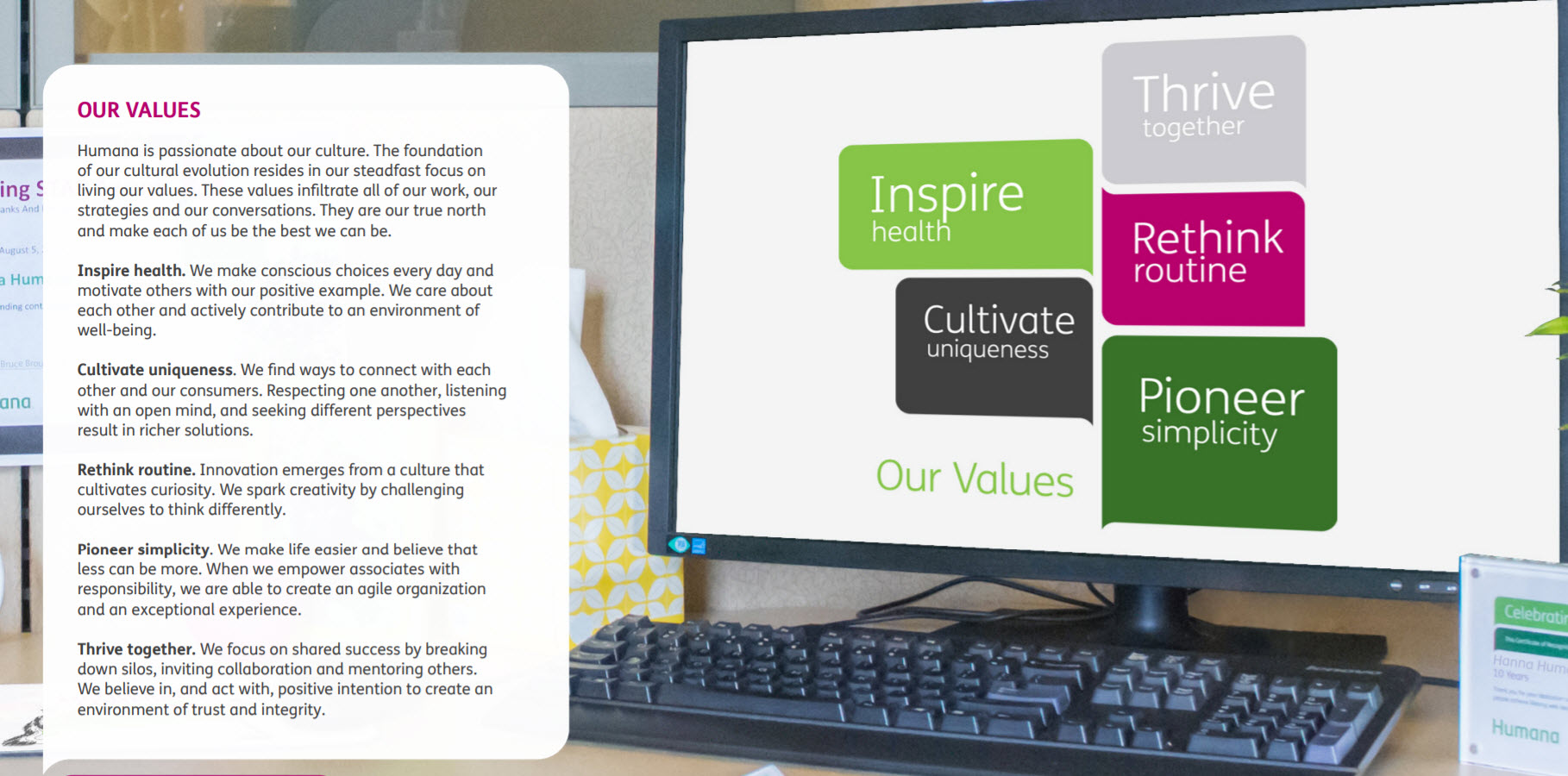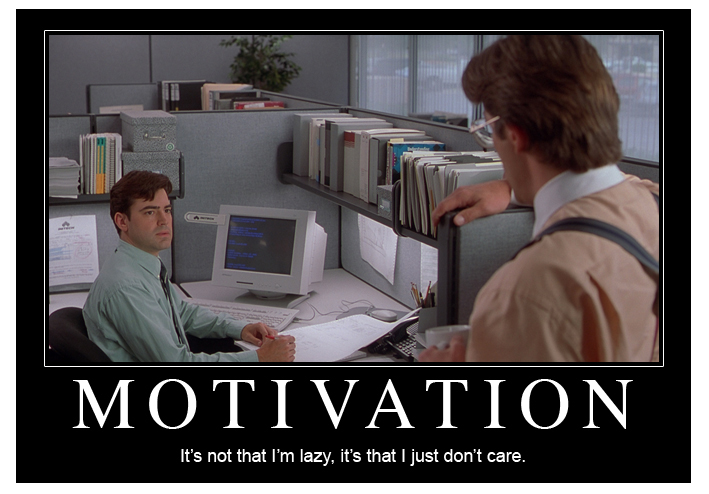Employee motivation is slumping (and derailing your project): Tell-tale sign #3 you need independent leadership
Welcome to the Tell-tale Signs blog series! In this three-part series of articles, I’m sharing the three biggest stumbling blocks I see most often with organizations who are struggling to complete projects — and how independent leadership can shift your team to a whole new level of success.
Read Tell-tale Sign #1 and Tell-tale Sign #2.
Do you ever feel like you’re talking to a brick wall when you’re addressing your project team? You’re checking off all the project management boxes. You’re staying on top of tasks and making sure your team is getting them done. But there’s something … wrong.
There’s no sense of collaboration or excitement within your team. Everyone seems to be struggling to stay focused and follow through without prompting. There’s conflict between team members, and it’s causing everyone to feel uncomfortable. You’re managing your people and you feel like you’re holding them accountable — but it’s not really working. Your project team has low motivation, and their efforts are lackluster at best.
The results: Missed project deadlines, strategic planning flops and employees who are increasingly disengaged. (The latest report from Gallup shows that only 33% of U.S. employees are engaged at work today — so if this sounds familiar, you are not alone!)
I see this all the time, and I can tell you exactly what’s happening — though the answer might surprise you: Your team is lacking clear direction — and the communication isn’t up to par. Now let me be clear. This doesn’t mean you’re doing anything wrong. For many organizations, it just means that the project leader is too close to the project team.
This is one of the biggest reasons organizations hire me for independent leadership. Having an outsider come in provides a fresh perspective. An independent leader isn’t mired in the other day-to-day activities of the organization or caught up in the interpersonal drama. Plus, an independent project leader has the freedom to be obsessed with clarity and communication.
Of all the problems that trigger organizations to bring me in, “declining employee motivation” is one of the easiest to address. Here are three approaches I have used that work wonders to get project teams back on track and excited about their work again.
When your team is unmotivated and not getting along well, your instinct is probably to shift into “conflict resolution mode.” After all, that’s what you were taught in all your leadership courses and books — how to deal with distinct personalities and clashing characters. I’m going to challenge you on this, however. Shifting your focus to opening people’s minds (including your own!) can be much more effective.
When we are open-minded, we become more aware of similarities in other people. A sense of inclusiveness and acceptance emerges from this. This inclusive approach creates unity, generates growth, and makes leading and executing on strategic projects so much easier. This sense of connection goes beyond the project, too, and creates long-lasting connections between employees. And that benefits your bottom line, because organizations with connected employees see a 20-25% improvement in productivity.
I came across an interesting example of this from health insurance provider Humana. They’ve built their entire company culture around healthy lifestyle and building connections between employees. Here’s a small snapshot, but I encourage you to look at the whole (short) presentation PDF:

Some projects are successful out of sheer luck. Most successful projects, however, have one thing in common: They have one person who is obsessed. Obsessed about the project idea. About organizational clarity. About communication.
This person makes absolutely sure everyone understands the importance of the project (and their role in it), everyone is driving toward the same goal, and everyone is communicating with the organization (and across teams for cross-functional projects).
This person is fanatical about resolution and driving conclusions. They’re masters of follow-through and experts at keeping everyone on the team laser-focused. Their communication provides all-too-important cadence and consistency for the project team.
Sound like anyone you know? If not, well, this is another area an independent leader can help.
Until you’re ready to take that step, however, here are some tactics I recommend for leading with steady force:
- Get excited. If you’re not excited about the project, no one else will be. Not a particularly thrilling project? Find something about it that moves you. From this place of enthusiasm, you’ll be much more effective at motivating your team.More so than any other generation, Millennials want their work to have meaning and purpose. Considering that an increasing percentage of project teams are Millennials (35% here in the U.S. as of 2017, in fact), the contagiousness of your excitement can make or break your project success.

- Help each project team member understand why the project matters, what their role is and why it’s critical to the project. Believe it or not, one of the most common complaints I hear from employees is that they don’t know what they’re supposed to be doing. (And occasionally, they don’t even know they’re on a project team!)Software company Atlassian has a unique take on this. They create a “project poster” instead of a project charter. This is a team exercise which has the added benefit of connecting your team members and getting them into a more creative (and motivated) mindset.
- Track the project’s progress. Diligently. Daily. This is the most important role of a project manager or project leader. If you don’t want to follow up individually with every team member every day, and you don’t want to have daily meetings or stand-ups, consider implementing a task tracking tool. There may be one already available to your team inside the company intranet, or you can use a free tool like Trello or Asana to keep track of what tasks are at what stage of completion.
- Decide how you’re going to make decisions. “Collaboration” does not mean “make every last decision by committee.” Determine who’s buy-in is required for what bigger decisions. For smaller decisions, empower your team to make small decisions on their own. If you’ve done a good job of ensuring everyone understands the goal of the project and their role in it, you should be able to trust them to pull the trigger (and report back to the project leader, of course) without calling an all-hands meeting.
- Provide crystal clear, concise communication to your project team — frequently. For some, this means a morning email quickly stating where the project is and what needs to happen that day to move it forward. For others, it means using project management software and compiling a report from it weekly. Worried your team is going to feel bombarded? Talk to them. Find out how much communication is too much, and stop short of that amount.
The most important aspect of “steady force” is that your team has clear expectations and receives clear communication. The State of the American Workplace report from Gallup sums it up nicely:
“In the absence of well-defined expectations and frequent, clear communication, multiple projects feel like a top priority, multiple team members’ roles begin to conflict and progress slows, hurting productivity outcomes.”
Team conflict arises quickly when employees aren’t on the same page. Even if under normal circumstances your team gets along well, and their personalities are relatively harmonious — when there are gaps in communication, dysfunction happens.
When a project team isn’t on the same page, people get uncomfortable and mixed messages infiltrate the work environment. It’s only a matter of time before a major conflict emerges and employee motivation goes down the tubes. Personally, I like to approach this with Same Page Meetings. These monthly meetings get everyone together to check in not just on the project, but also on:
- Relationships
- Issues
- Concerns
- Ideas
- Disconnects
These meetings help eliminate conflict, unproductive meetings and unnecessary interactions between the project sponsor and the project manager. This one meeting eradicates confusion, divergence and so much wasted time. Same Page Meetings will also help you uncover issues that may be emerging — long before they become major problems.
EOS (the Entrepreneurial Operating System) approaches issue resolution with the IDS system (Identify, Discuss and Solve), and I think this is a good one to have in your back pocket.
- Clearly identify the issue.
- Discuss the reasons this issue exists.
- Solve the issue (agree on a plan of attack) and move on to the next issue.
If your project team’s efforts are lackluster at best, it doesn’t mean you have a bunch of lazy employees. It means there are issues with leadership and communication.
As an independent leader and an expert in helping organizations advance their initiatives, one of the biggest benefits I bring to the table is clarity of purpose. My entire reason for being on your team is to motivate the team to get the project done. I’m not tied down by conflicting priorities or derailed by interpersonal conflicts.
I’d love to talk to you about what independent leadership could mean for your organization. Start here.
Download or View this Article as a PDF








